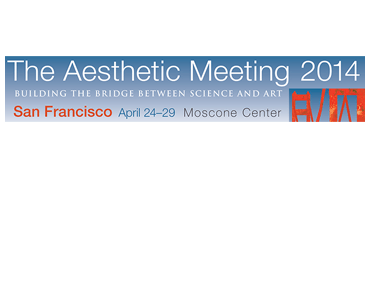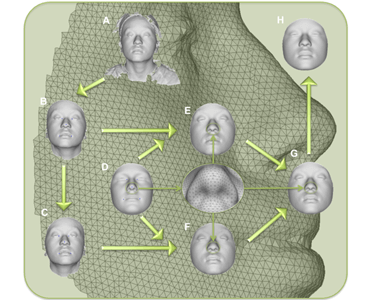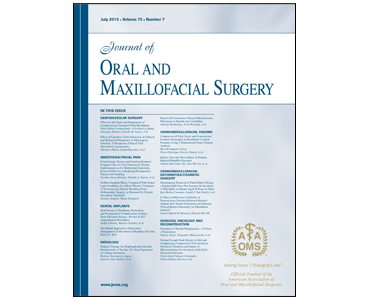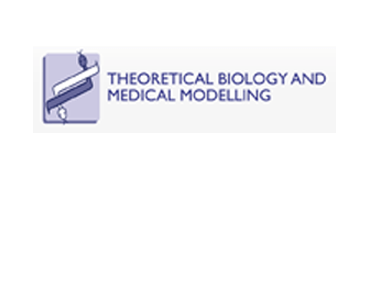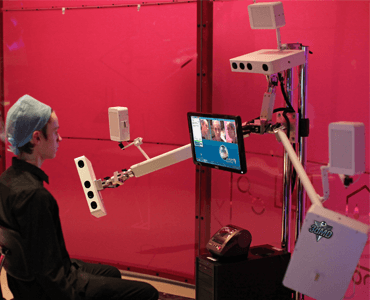Three-Dimensional Soft Tissue Change of the Malar Region with High Le-Fort 1 Advancement: Implications for Aesthetic Malar Contouring. D Morris, B Rosett, L Zhao, and P Patel.
Date: April 2014. Source: The Aesthetic Meeting 2014, San Francisco, USA. Abstract: While orthognathic procedures are performed for a number of clinical scenarios, a fundamental goal is to reposition the facial skeletal components so as to improve both function as well as aesthetics. For patients with malar hypoplasia, modification of the traditional Le Fort 1…

